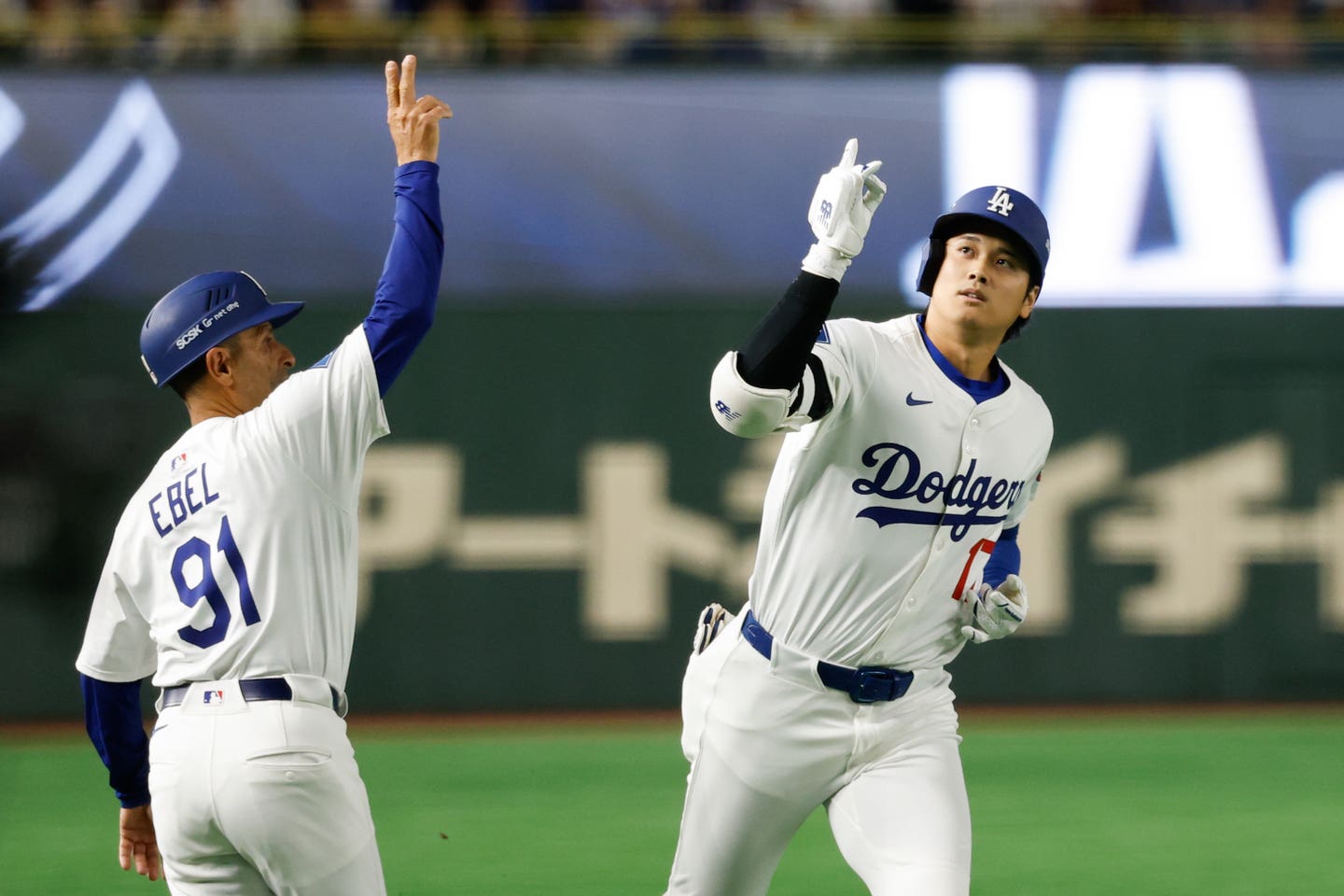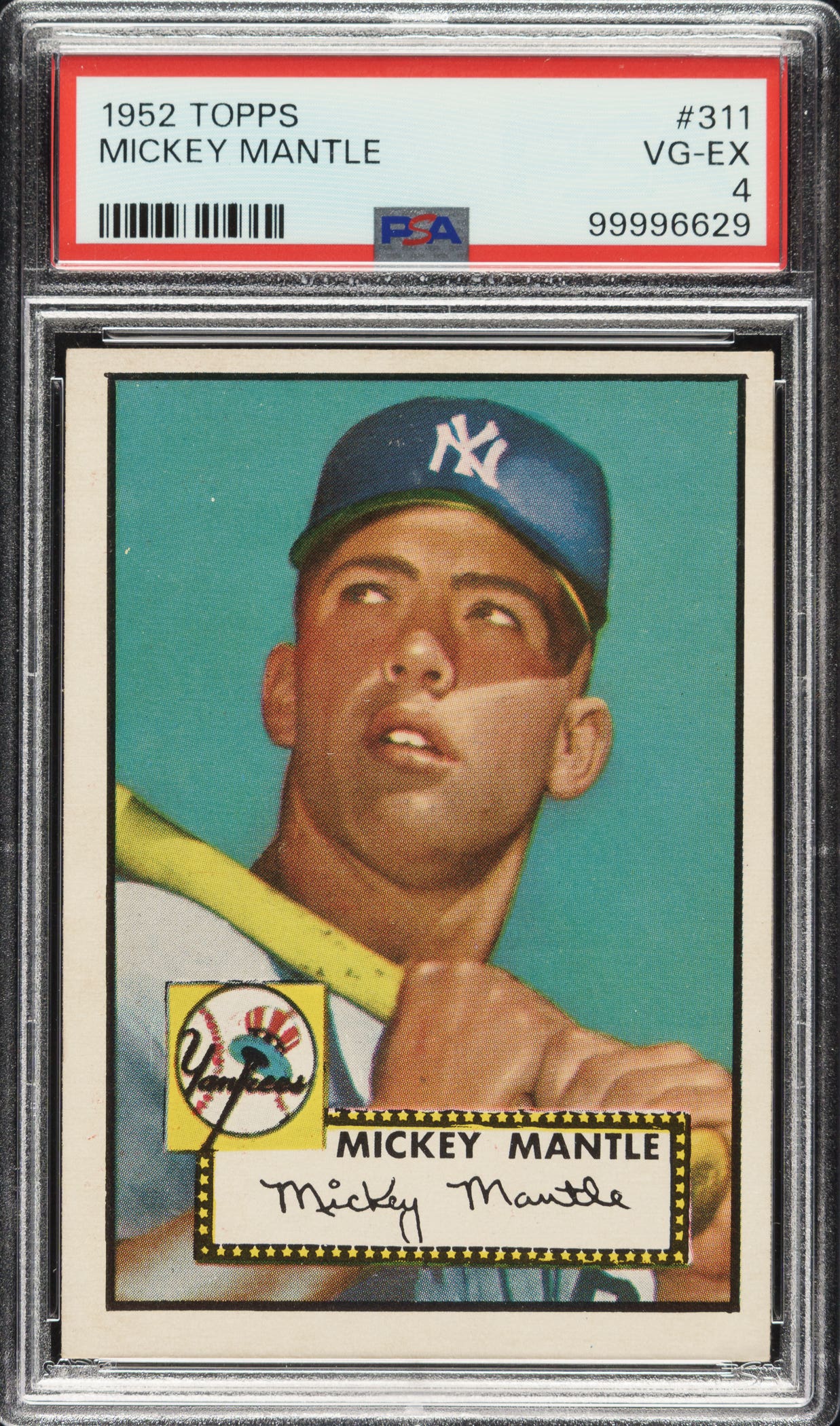
News
Schuerholz enjoyed a HOF front office career in the major leagues
By Robert Grayson
Like thousands of other boys, as a youngster John Schuerholz dreamed of forging a career in Major League Baseball. When it looked like that wouldn’t happen on the field itself, Schuerholz found another way to make it to “The Show.” He ended up with three World Series rings—two as a general manager—and now a plaque in Cooperstown.
As a general manager, Schuerholz was the architect of those great Atlanta Braves teams that won 14 consecutive division titles (1991–2005). Six times during that 14-year run, the Braves won more than 100 games a season.
He was also the general manager of the Kansas City Royals in 1985 when George Brett and company won the World Series. In 26 years as a major league general manager (1981–2007), Schuerholz saw his teams finish first 16 times, and second 4 times. During his tenure as GM with Kansas City and Atlanta, his teams won 2,348 Major League Baseball games, as well as six pennants and two world championships.
With the Royals becoming world champs in 1985 and the Braves in 1995, the popular general manager became the first GM to win a World Series in both the American League and National League. Though at one time he thought he might never get a chance to play a role in professional baseball, the former college sports star spent more than 51 years as a Major League Baseball executive.
When Schuerholz was inducted into the Baseball Hall of Fame this year, he became only the sixth baseball executive inducted into the Cooperstown shrine whose primary job during his career was as a general manager. That career got started with a letter written on a typewriter in the day and age when you counted on the Post Office to get your correspondence to the right place in snow, rain, heat, and gloom of night.
Schuerholz was born in Baltimore in 1940 to a well-known sports family. His father, John Sr., was a minor league infielder in the Philadelphia A’s system from 1937 to 1940. His father’s brother, Gilbert, was a goalie on the United States Olympic soccer team and played for the Baltimore Soccer Club in the 1930s. John Jr.’s grandfather, William (Wil), was a legendary amateur basketball coach in Baltimore, guiding the Loyola men’s basketball team in the early 1900s.
“I wanted to be a Major League Baseball player, but I was too small,” Schuerholz says.
He weighed only about 150 pounds in both high school and college, but excelled in sports at both levels. He played second base at Baltimore City College High School in the 1950s. As an aside, the high school Schuerholz attended was located right across the street from Memorial Stadium, the home at the time of his beloved Baltimore Orioles.
Schuerholz was named to the second high school team of the All-Maryland Scholastic Association, but he didn’t get noticed for his play by any major league teams. So after high school, Schuerholz enrolled in Towson State College, now Towson University, and was a standout in both baseball and soccer. He was named All-Conference in both sports.
Towson was a member of the Mason-Dixon Conference at the time. In his senior year at Towson in 1962, the future baseball executive was named the school’s Athlete of the Year. However, when he graduated that June, no Major League Baseball offers were coming his way.
“It was my life’s dream to become a Major League Baseball player. But I came to a reckoning about that and realized the scouts were more right than I was. Their evaluation of my ability was better than my evaluation of my ability,” he notes.
So Schuerholz went into teaching. He was a junior high school social studies teacher in Baltimore, when, one day in early 1966 during a free period, he decided to write a letter to Jerry Hoffberger, the owner of the Baltimore Orioles. Schuerholz didn’t know of any job openings with the team; he just thought he’d write about his interest in working in the team’s front office.
Hoffberger gave the letter to the team’s president, Frank Cashen. Before joining the Orioles’ front office, Cashen had been a sportswriter with the Baltimore News-American and he was familiar with the sports feats of the Schuerholz family. The letter was passed around to Harry Dalton, the Orioles general manager, and Lou Gorman, director of player development. They liked what they read and Cashen called Schuerholz in for an interview.
“I felt we had a good meeting. I didn’t realize it when I wrote the letter, but Lou Gorman was looking for an assistant,” the Baltimore native points out.
It took about four weeks, but Gorman finally called Schuerholz and offered him the job. It paid roughly $2,000 less than his teaching job, but Schuerholz didn’t give that much thought. He was headed to “The Show.”
“My first day on the job I wanted to learn how to build a winning team. I was blessed to be able to work with so many great and talented people so early in my career,” the 76-year-old Schuerholz says. “I kept my ears and eyes open and tried to learn from the greatest and the best.”
In 1966, the Orioles won the American League pennant and the World Series. Schuerholz had his first World Series ring, but he didn’t have much to do with building that team. He admits that he did pretty much whatever anyone needed him to do in the front office, but he was learning about the business of baseball and he was in the major leagues. However, the young baseball executive was anxious to see what he could do to develop a championship team from the ground up and soon got that chance.
During the 1968 offseason, the new expansion Kansas City Royals hired Lou Gorman to run their farm system and he asked Schuerholz to join him as his assistant. It wasn’t an easy decision for the Baltimore native, who didn’t want to leave the surroundings he loved. But Gorman eventually got his man and Schuerholz followed him to the Royals.
There, Gorman and Schuerholz built up the Royals’ farm system. They followed the blueprint used by the Orioles in developing their strong, successful team in 1966, a team that would go on to even greater success in the late 1960s and the early to mid-1970s. Schuerholz moved through the Royals’ front office, advancing to farm-system director and director of player personnel, choosing to stay with the Royals even when Gorman moved on to the Seattle Mariners in 1977.
With the Royals, Schuerholz ran a minor league system that brought players like Frank White, Bret Saberhagen, George Brett, Dan Quisenberry, Willie Wilson, Dennis Leonard, and Bo Jackson to the major leagues. Those players and others who came up through the Royals’ farm system helped the team finish either first or second every year from 1975 to 1985.
In 1981, Schuerholz was named the Royals’ general manager. At age 41, he was the majors’ youngest general manager at the time.
“We had a great pipeline, filled with quality players. I learned how to do that and the importance of that in Baltimore,” Schuerholz says. “They (the players) were matriculating through the pipeline at a steady stream and a steady pace. That’s how we were able to operate in a small market with comparatively modest payrolls to keep winning and keep competitive. We did it with homegrown players. That’s the secret sauce in our business.”
In October 1990, the Atlanta Braves convinced Schuerholz to join their team as general manager. In June 1990, the Braves fired manager Russ Nixon, who was replaced by Bobby Cox. Cox had been the team’s GM since 1986, but decided he wanted to return to the dugout. So the team began a search for a new GM and tapped Schuerholz as their man.
Schuerholz was being asked to take over a team that had lost 97 games in 1990.
Nevertheless, he knew the team had talent. As general manager, Cox had drafted a number of good players and built one of baseball’s most highly regarded minor league systems. Dave Justice, Ron Gant, Tom Glavine, Steve Avery and Chipper Jones were just some of the players Schuerholz would have at his disposal.
The now-seasoned general manager went right to work to add to that core in time for the 1991 season. Schuerholz brought in third baseman Terry Pendleton, who ended up being named the National League’s Most Valuable Player in 1991; first baseman Sid Bream; outfielder Deion Sanders; and shortstop Rafael Belliard in free agent signings.
He also pulled off a trade with the Montreal Expos to get outfielder Otis Nixon. In the 1991 season, the Atlanta Braves became the first National League team to go from last place one season to first place the next, winning the NL West by one game over the Los Angeles Dodgers. Atlanta put up 94 wins during the 1991 season.
The Braves went on to win the 1991 National League pennant, defeating the NL East Champion Pittsburgh Pirates in the National League Championship Series 4 games to 3. Atlanta lost a thrilling World Series in 1991 to the Minnesota Twins in seven games. Game 7 went into extra innings with the score tied 0–0. The Twins put up the only run of the game in the bottom of the 10th inning, winning that contest 1–0 and the world championship.
Schuerholz admits that in his wildest imagination he didn’t think he could turn the Atlanta Braves around that fast.
“But that spring training (1991), third baseman Terry Pendleton walks up to me and says, ‘John, we’re going to have a lot of fun around here this year.’ Terry was a pretty good scout. He could see what we had. He could see the mix that we had. And I did believe we had a chance with these guys. The guys felt that way. And Bobby Cox was leading the pack. And it happened. And it continued to happen for years and years and years,” the Hall of Fame GM notes.
What Schuerholz is most proud of is that the 1991 season wasn’t a fluke. It started 14 seasons of excellence in which the Braves dominated their division, winning those 14 consecutive division titles and going on to win five National League pennants and a world championship.
“I think what I take the most pride in is the consistency we had with the Braves for all those years. I’ve always said that I felt it was easy to build a championship team. But it is very, very difficult and challenging to sustain it. I was very fortunate to work side by side with a man the caliber of Bobby Cox,” Schuerholz says. “Cox was a great and inspirational leader and so well respected. I built and enjoyed a great relationship with him for many years and that made it a lot easier to maintain the team’s great play. And of course the great players we had, the scouting, player development, and administrative people all made it much easier for me to build consistent winners.”
The pinnacle of that success came in 1995, when the Braves beat the Cleveland Indians in the World Series in six games.
The former Braves GM observes that the Atlanta Braves of his era were unique.
“It’s quite a story when the general manager is now invited to the Hall of Fame alongside a well-established, iconic, beloved, and admired manager like Bobby Cox and such high caliber Hall of Fame players (Braves pitchers Tom Glavine, Greg Maddux, and John Smoltz are already in the HOF).”
But Schuerholz is quick to point out that in addition to the Hall of Famers who helped lead the Braves to one division title after another, there were many other high-caliber players on the Braves who contributed mightily to the cause, showing leadership and a keen desire to win.
“We averaged 10 new players a year who came into the organization and blended with those leaders, All-Stars and Hall of Famers who were already there to help us sustain our winning teams,” he recalls.
Schuerholz is credited with pushing the right buttons and finding the right players just when the Braves needed them, either by signing free agents, picking the right youngster out of the farm system, or making a trade.
One example is the trade the GM made to acquire Fred McGriff in mid-July 1993 to shore up the Braves’ infield. Schuerholz has called that the best trade he ever made.
But there was one move that would have been a coup for any general manager had it happened. In the spring of 1992, the Atlanta Braves’ general manager had a deal all worked out to get Barry Bonds from the Pittsburgh Pirates in exchange for Alejandro Pena, the Braves’ very effective closer at the time, minor league outfielder Keith Mitchell, and a player to be named later. It was all agreed upon, until Pirates manager Jim Leyland heard about it and went ballistic.
Leyland charged into Pirates President Carl Barger’s office and, after a heated argument, Barger called the deal off. Bonds was in the last year of his contract with the Pirates. Everyone expected that Bonds, considered the best player in baseball at the time, would leave Pittsburgh via free agency at the end of his contract. As the story goes, the Braves were prepared to offer Bonds a contract extension with enough money to keep him in Atlanta for a long time. When that deal fell through, Schuerholz, undeterred, used some of that money in the 1992 off-season to sign a free agent by the name of Greg Maddux.
But winning, the experienced baseball front-office man asserts, is not always about money.
“For me it was always about creating a fabric, blending the various elements, abilities, and personalities in the winning spirit. We were able to win not because we had the most money to spend, but because we had the right plan. We had the right people. And we worked well together. And we accomplished just remarkable things,” Schuerholz explains.
Being elected to the Baseball Hall of Fame unanimously by the Today’s Game Era Committee has left Schuerholz at a loss for words, which seldom happens.
“It’s just such a great honor. I’m thrilled,” he says.
Schuerholz was promoted to the position of president of the Braves in 2007, and remained in that job until March 2016, when he took on the role of vice chairman of the Atlanta club.
The key to his success, the new Hall of Famer says, is that he was surrounded by people who supported him: “I had team owners who believed in what my vision was. The people working side by side with me were very supportive. I understood the reality of budgeting. I understood the challenges of small market budgets. The people who worked with me understood our vision and our goals. And we worked together to get the job done.”
Robert Grayson is a freelance contributor to Sports Collectors Digest. He can be reached at graydrew18@aol.com.








